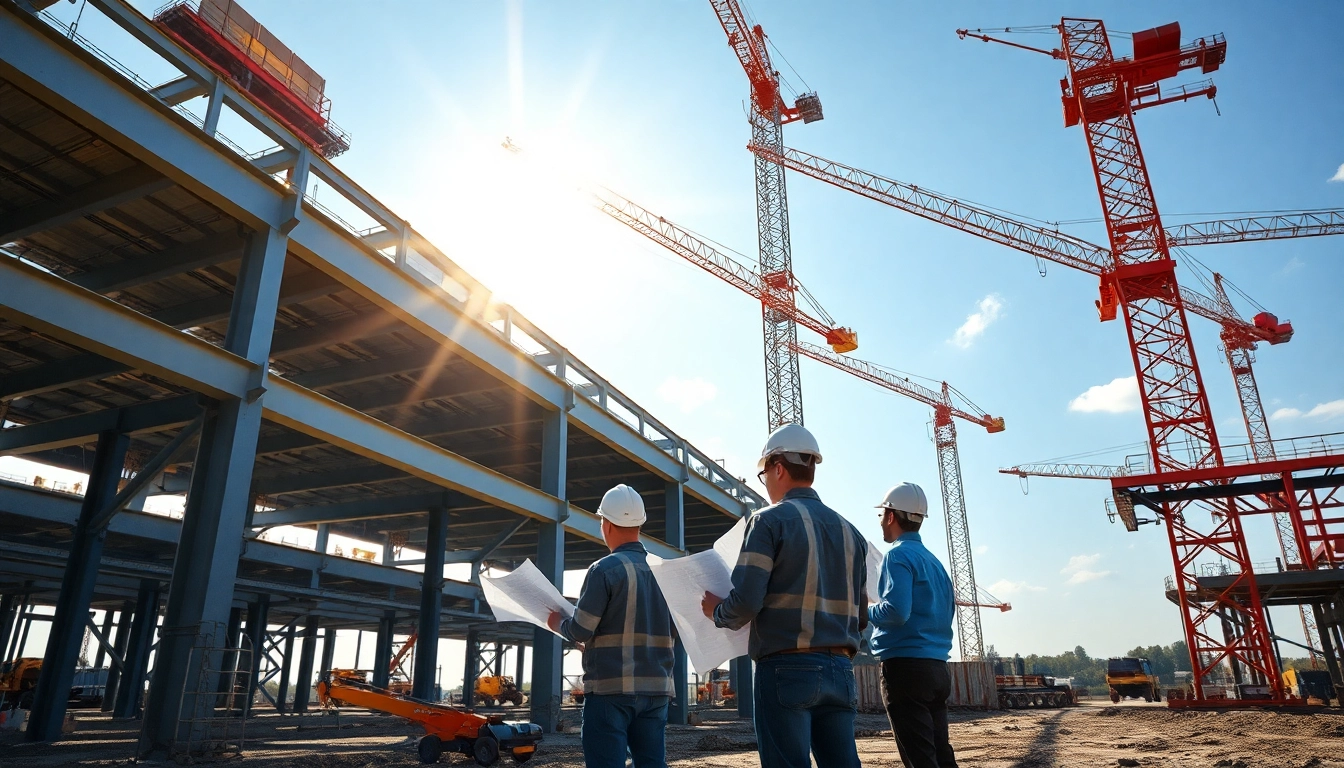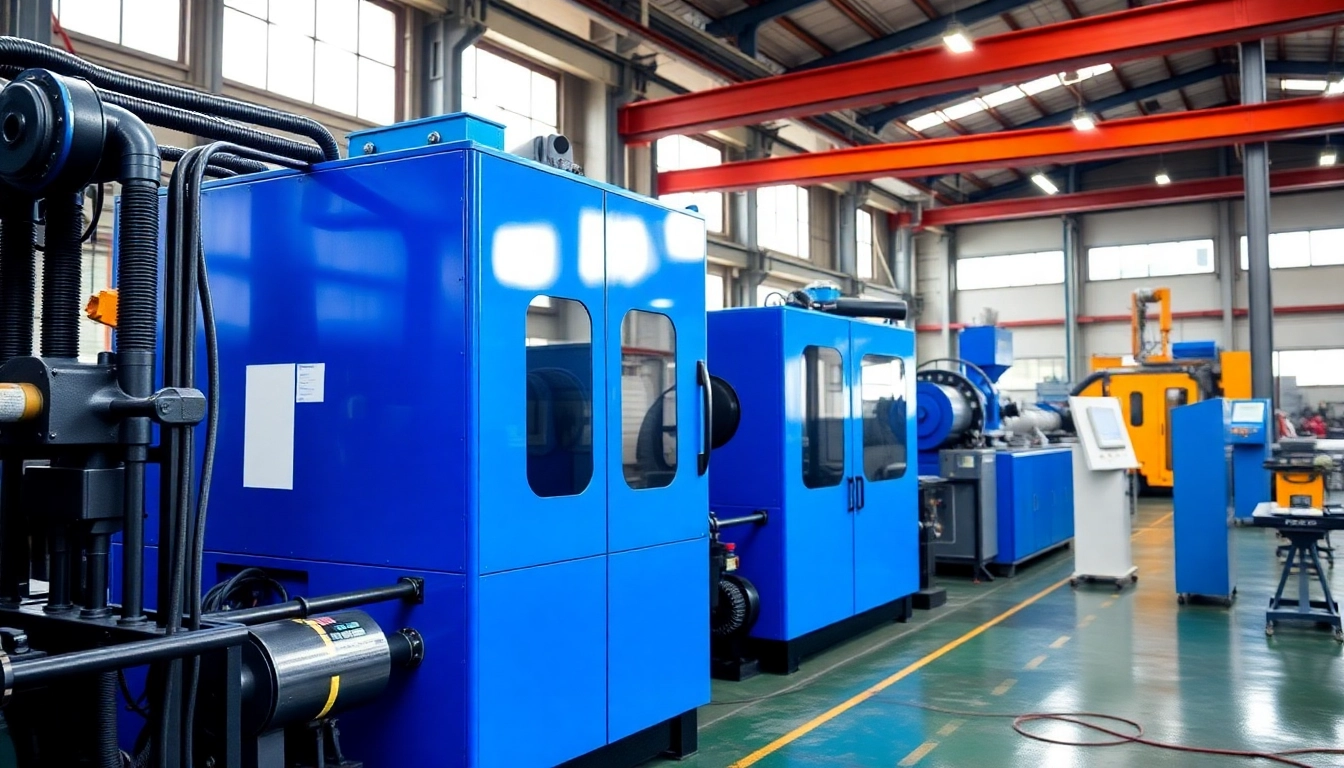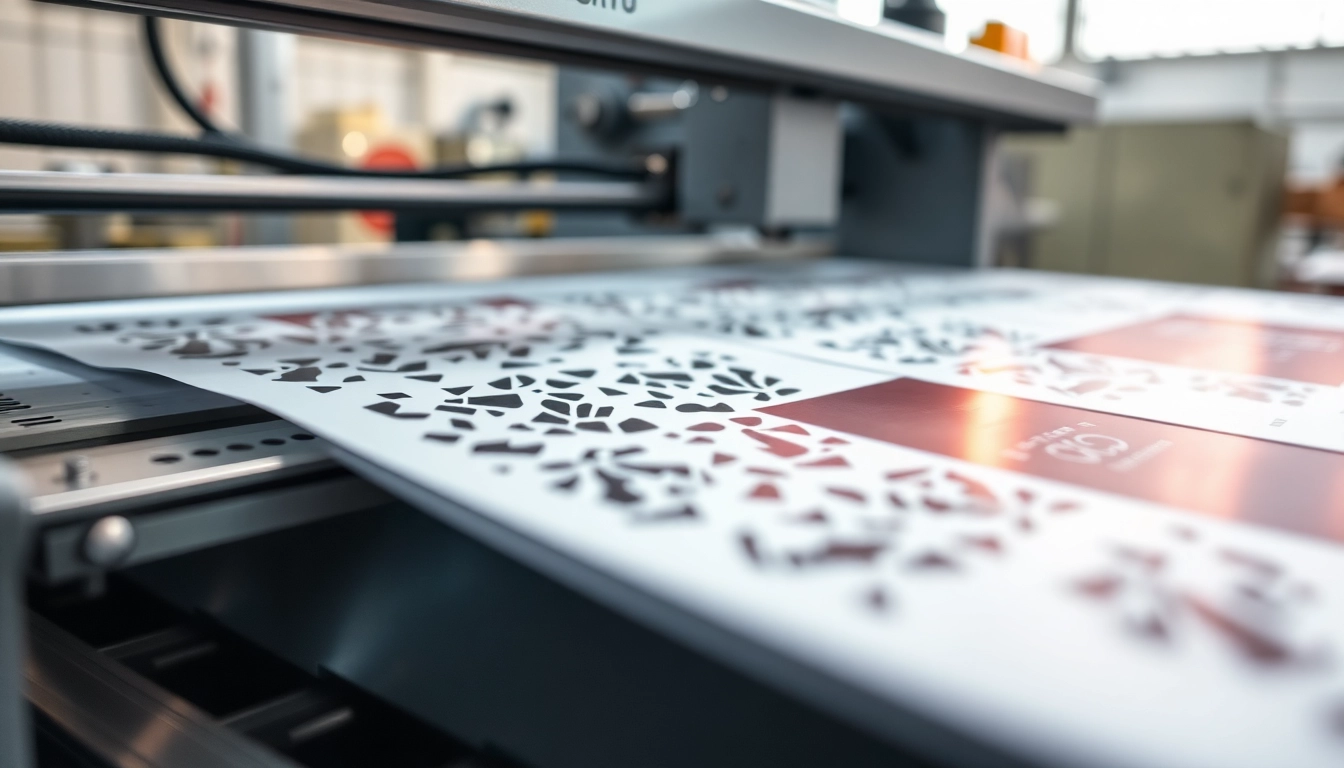Introduction to Steel Structure Design
Steel structure design is a critical discipline within the field of civil engineering, focusing on the use of steel as the primary material for structural frameworks. This practice entails not only creating robust frameworks that support buildings and bridges but also ensuring compliance with safety standards and maximizing aesthetic appeal. As demand for intricate and durable structures rises, understanding the principles of steel structure design becomes increasingly vital for engineers and designers alike. In this comprehensive guide, we will explore what steel structure design entails, its importance in engineering, and how it is applied in various sectors. For those involved or interested in this field, mastering steel structure design is essential for delivering successful projects.
What is Steel Structure Design?
Steel structure design is the process of creating structural frameworks that primarily utilize steel or steel alloys. These frameworks are essential for supporting and stabilizing buildings, bridges, warehouses, and other infrastructure. Unlike other materials, steel offers a unique combination of strength, flexibility, and durability, making it an ideal choice for modern construction.
At its core, steel structure design involves several key components, including conceptual design, member design, and analysis. The design process integrates architectural aesthetics with engineering principles, ensuring that structures not only function effectively but also meet the visual and spatial expectations of stakeholders.
Importance of Steel Structure Design in Engineering
The significance of steel structure design in engineering cannot be overstated. Steel structures are synonymous with innovation due to their capacity to span large distances, thereby enabling architects to create open and unobstructed spaces. Here are several reasons why steel structure design is crucial:
- Strength-to-Weight Ratio: Steel’s high strength-to-weight ratio allows for lightweight designs without compromising structural integrity.
- Durability: Steel structures resist weathering and corrosion, resulting in a long lifespan and reduced maintenance costs.
- Fire Resistance: With proper treatments, steel can withstand high temperatures, enhancing a structure’s fire safety.
- Flexibility in Design: The versatility of steel allows it to be molded into various shapes, accommodating diverse architectural styles.
Common Applications of Steel Structure Design
Steel structure design is employed across various domains, ranging from industrial to residential applications. Some common applications include:
- Commercial Buildings: High-rise office buildings and retail spaces often utilize steel for its strength and scalability.
- Industrial Facilities: Factories and warehouses benefit from steel structures, offering vast open spaces with minimal internal supports.
- Bridges: Steel bridges are designed for durability and efficiency, allowing for significant spans and accommodating heavy loads.
- Residential Homes: Steel framing is used in modern homes for enhanced structural integrity and design flexibility.
Key Principles of Steel Structure Design
Load Analysis in Steel Structure Design
Load analysis is a fundamental aspect of steel structure design, as it involves calculating the loads that a structure will encounter throughout its lifespan. These loads can be classified into several categories:
- Dead Loads: Permanent static weights, such as the weight of the steel itself, floors, and roofs.
- Live Loads: Temporary loads due to people, furniture, and equipment within a building.
- Environmental Loads: Forces from wind, snow, and seismic activity that can impact structural stability.
- Construction Loads: Loads experienced during the construction phase, which must be accounted for to maintain safety.
Through rigorous load analysis, engineers can determine the necessary specifications for materials and design elements, ensuring compliance with safety regulations and performance expectations.
Material Selection for Optimal Steel Structure Design
Choosing the right materials is critical in the steel structure design process. The type of steel selected will affect factors such as strength, corrosion resistance, and ease of fabrication. Common materials include:
- Carbon Steel: The most commonly used steel type, known for its strength and versatility.
- Stainless Steel: Offers excellent resistance to corrosion and is ideal for structures exposed to harsh environments.
- High-Strength Low-Alloy Steel (HSLA): Provides increased strength and better resistance to atmospheric corrosion.
- Reinforced Steel: Often used for high-load applications, containing small amounts of alloying elements to improve performance.
Engineers must consider the environmental conditions, expected loads, and desired longevity when making these selections to optimize structural performance.
Adherence to Building Codes and Standards
Compliance with local building codes and industry standards is non-negotiable in steel structure design. These regulations are established to ensure safety, structural integrity, and environmental sustainability. Key standards often referenced include:
- The American Institute of Steel Construction (AISC) Standards: Guidelines for steel structure design that promote safety and efficiency.
- The International Building Code (IBC): Provides regulations for building construction and safety.
- ASTM Standards: Specifications for materials used in construction, including grades of steel and load requirements.
- ISO Standards: International standards that address quality, safety, and efficiency across various engineering disciplines.
By adhering to these standards, designers can mitigate risks and ensure that their structures are both functional and compliant with legal requirements.
Challenges in Steel Structure Design
Environmental Concerns in Steel Structure Design
As environmental awareness grows, so does the scrutiny placed on the construction industry. Steel structure design must consider ecological impacts, including resource depletion and energy consumption. Several challenges include:
- Resource Mining: The extraction of iron ore and coal for steel production can result in environmental degradation.
- Carbon Emissions: Steel manufacturing processes are energy-intensive, contributing significantly to greenhouse gas emissions.
- Waste Generation: Discarded steel from construction and demolition can pose challenges for recycling and waste management.
To combat these issues, designers are increasingly incorporating sustainable practices, such as using recycled steel and optimizing designs to reduce material consumption.
Cost Management in Steel Structure Design
Cost considerations are paramount in any engineering project, and steel structure design presents unique financial challenges. Key factors influencing costs include:
- Material Costs: Fluctuations in steel prices can affect overall project budgets significantly.
- Fabrication Expenses: The complexity of designs can increase fabrication costs and timelines.
- Labor Costs: Skilled labor is often essential for the precise assembly of steel structures, influencing budgetary allocations.
Effective cost management strategies involve thorough planning, accurate project estimation, and collaboration with suppliers to secure the best materials at competitive prices while meeting design requirements.
Overcoming Design Limitations
Steel structure design can face several limitations, from architectural constraints to natural environmental factors. Engineers must proactively address these challenges:
- Design Conflicts: Navigating aesthetic desires against engineering requirements can result in conflicts that need resolution.
- Site-Specific Limitations: Geological variations may necessitate adaptations in design to suit different locations.
- Regulatory Constraints: Various building codes may limit the types of structures that can be designed.
Engineers should conduct comprehensive feasibility studies early in the design process to anticipate and address these limitations, thus enhancing project success.
Best Practices for Steel Structure Design
Innovative Tools and Software for Steel Structure Design
Advancements in technology have transformed steel structure design, with innovative tools and software enhancing accuracy and efficiency. Notable tools include:
- Building Information Modeling (BIM): Facilitates comprehensive design visualization and coordination among teams.
- Finite Element Analysis (FEA): Enables detailed simulations to assess structural behavior under various loads.
- CAD Software: Provides technical drawing capabilities, optimizing communication and organization throughout the design process.
By leveraging these technologies, designers can improve collaboration and streamline the design process, reducing errors and enhancing outcomes.
Collaboration in the Design Process
Collaboration is central to the success of steel structure design projects. Engaging all relevant stakeholders—from architects and engineers to contractors and clients—facilitates a cohesive design approach.
Key collaboration strategies include:
- Integrated Project Delivery (IPD): A collaborative approach where all stakeholders work together from the outset, sharing risks and rewards.
- Regular Workshops: Holding design review workshops fosters open communication and encourages creative problem-solving.
- Clear Documentation: Maintaining meticulous records of design changes and decisions supports transparency and accountability.
By fostering a culture of collaboration, project teams can enhance innovation and ensure that design requirements are met effectively.
Quality Control Measures in Steel Structure Design
Quality control is essential in maintaining the integrity and durability of steel structures. Implementing robust quality assurance protocols includes:
- Regular Inspections: Conducting inspections at critical phases of construction helps identify issues early.
- Testing Materials: Assessing steel for fatigue resistance and yield strength ensures compliance with specified standards.
- Documentation Tracking: Maintaining a thorough record of materials and processes used helps streamline audits and future assessments.
By prioritizing quality control measures, engineers can enhance safety, reliability, and performance in steel structure projects.
Future Trends in Steel Structure Design
Sustainable Practices in Steel Structure Design
The trend towards sustainability is transforming steel structure design, as stakeholders recognize the importance of minimizing ecological footprints. Future trends include:
- Circular Economy Principles: Incorporating methods to reuse and recycle materials can reduce waste and resource consumption.
- Green Steel: Developing low-carbon steel production techniques minimizes environmental impacts during manufacturing.
- Energy Efficiency: Designing buildings that consume less energy during operation supports sustainability efforts.
Adopting sustainable practices not only improves environmental performance but also enhances project efficacy and public perception.
Technological Advancements Impacting Steel Structure Design
Technological advancements continue to revolutionize steel structure design, affecting every stage from conception to execution. Key advancements include:
- Advanced Material Science: Emerging steel alloys with superior properties provide solutions for demanding applications.
- Automation in Fabrication: CNC machining and robotic systems increase precision and reduce labor costs in steel component production.
- Smart Building Technology: Integrating IoT devices allows for real-time monitoring and analytics, enhancing operational efficiency.
These innovations pave the way for significant improvements in efficiency, safety, and design capabilities.
Global Perspectives on Steel Structure Design Innovations
As the construction industry becomes more interconnected, global perspectives on steel structure design are influencing local practices. Designers and engineers worldwide are sharing innovations through:
- International Collaboration: Cross-border projects foster knowledge exchange and the integration of best practices.
- Research Initiatives: Universities and research institutions are collaborating on advanced studies to improve materials and design methodologies.
- Conferences and Workshops: Engaging with industry professionals at global gatherings encourages the wide dissemination of innovative ideas.
Global perspectives enhance the understanding of steel structure design, facilitating the adoption of cutting-edge methodologies that advance the industry.



